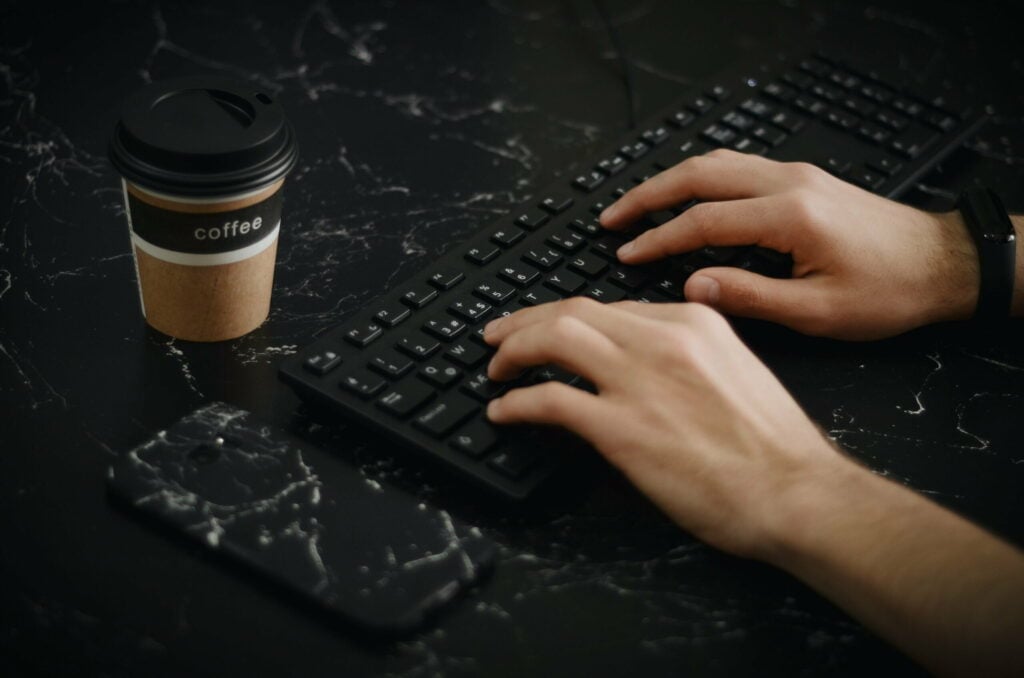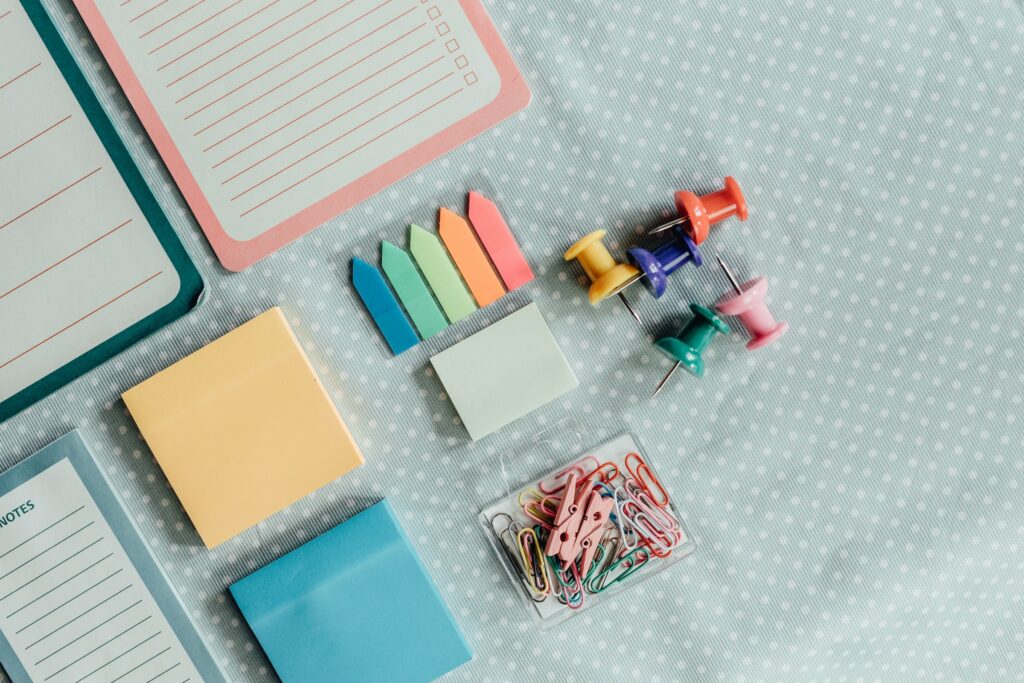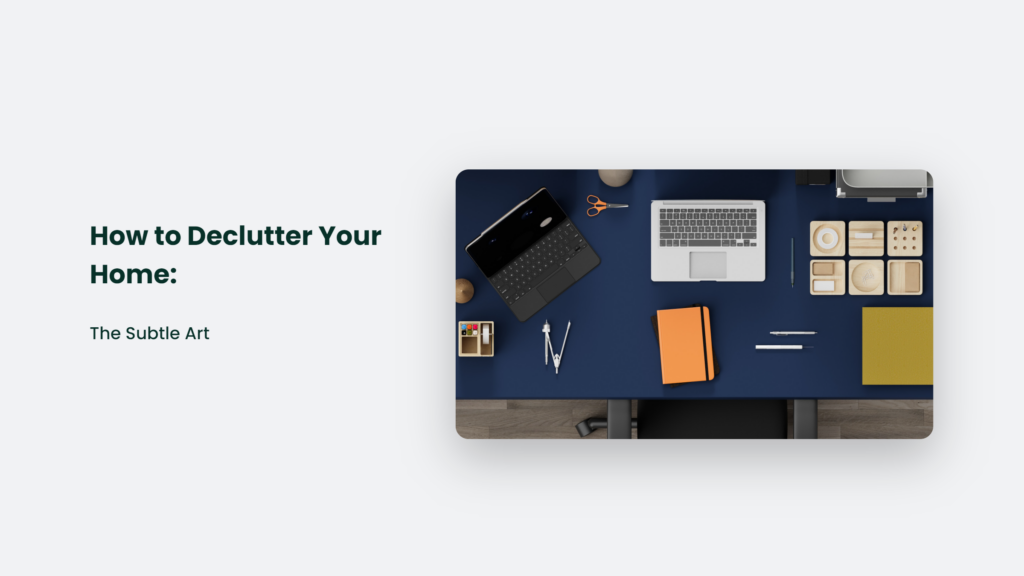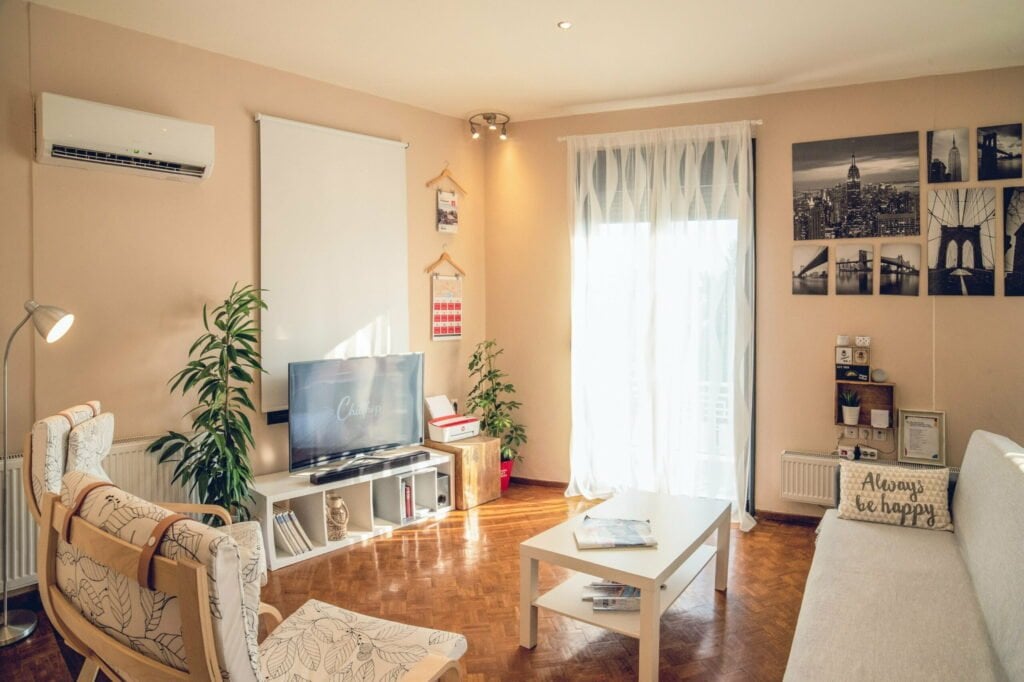

How to Declutter Your Home: The Subtle Art

As Seen On
The state of your home reflects the state of your mind. A cluttered home leads to a cluttered mind. If you always feel overwhelmed, stressed, and anxious, look around your house. Do towers of boxes, piles of papers, and overflowing closets stare back at you? Then, it’s time to declutter your home and reclaim your mental space.
I know decluttering sounds about as fun as a root canal. However, creating order from chaos brings a sense of calm and control. This article will walk you through the subtle art of how to declutter your home. You’ll learn proven tips to pare down your possessions, organize your space, and infuse your home with tranquillity.

Why Decluttering Matters
Decluttering gets a bad rap as a fussy, precious pursuit of the privileged. But living in a cluttered home creates real problems:
- It’s mentally draining. Clutter competes for your attention and causes anxiety. A cluttered home never lets you fully relax.
- It’s physically exhausting. Hunting for lost items in a messy home burns energy. Moving around clutter increases the risk of injury.
- It hampers productivity. You waste time looking for things. And disorder makes it harder to focus.
- It’s depressing. Clutter conveys a sense of chaos. It’s hard to feel happy in a home that’s out of control.
- It’s unhealthy. Dust and grime accumulate rapidly in disorder. Germs and allergens thrive.
- It’s unsafe. Clutter becomes a fire hazard and makes exits hard to access. Piled possessions can fall and cause harm.
- It costs you. The average American wastes 55 minutes a day searching through clutter. That’s almost an entire workweek per year!
Decluttering your home brings the opposite: calm, comfort, efficiency, health, safety, and savings. Who wouldn’t want that?
How to KonMari Your Home
Marie Kondo’s KonMari method of decluttering has soared in popularity. Kondo’s approach boils down to five simple steps:
- Commit yourself. Decluttering takes effort. You must commit to the process.
- Imagine your ideal lifestyle. Visualize how you want to live and what possessions will support that lifestyle.
- Finish one category at a time. Tackle categories like clothes, books, papers, and miscellany. Only move to the next category once you’ve completed the current one.
- Discard first. Before organizing, thoroughly purge what you don’t need.
- Ask if it sparks joy. Only keep possessions that bring you joy when you hold them. Discard the rest.
The KonMari method succeeds because it’s about more than just decluttering. It’s about mindfully curating a joy-sparking home. Follow her approach, and you’ll have a home that lifts your spirits.
How to Declutter Your Home: 5 Decluttering Tips from Professional Organizers
Professional organizers make decluttering their business. They’ve seen it all and have hard-won wisdom to share. Here are five of their top tips:
Declutter in Short Bursts
Don’t try to declutter your whole house in one mammoth session. “Decluttering burnout” is real. Work in short bursts of 30-60 minutes at a time. Taking breaks will keep you motivated.
Set a Timer
Timers keep you focused. They also prevent you from over- or under-doing it. Experiment to find your ideal decluttering time chunk. Then, set a timer to keep sessions consistent.
Start with the Easy Wins
Don’t tackle the toughest spaces first. Quick wins boost morale starting. Begin with the low-hanging fruit: surfaces, floors, counters. Move on to bigger challenges once you’ve built momentum.
Designate a “Maybe” Pile
Should you keep something? Don’t agonize. Toss it in a “maybe” pile and move on. Revisit the maybes after you’ve finished decluttering. Some decisions require more thought.
Don’t Go It Alone
Decluttering alone often leads to wheel spinning. Enlist someone to assist. They can provide objective input when you feel overwhelmed or indecisive.
7 Unconventional Decluttering Strategies
Standard advice like “declutter room-by-room” works for many. But if you’re struggling, try thinking outside the box:
- Declutter by material – Tackle one material at a time: paper, plastic, metal, fabric, etc. You’ll make faster decisions.
- Declutter by colour – Put all blue items in one pile, reds in another, etc. It is easier to evaluate colours.
- Declutter by personality type – Match strategies to your tendencies. Task-oriented? Set time limits. Sentimental? Take photos of items before discarding them.
- Declutter by location – Sort items based on where they are used: kitchen, office, garage, etc. Less mental effort switching contexts.
- Declutter by monetary value – First, discard items with little monetary value to practice decision-making. Save sentimental high-value items for last.
- Declutter through actions – Imagine using the item. Does the mental image spark joy? If not, discard.
- Declutter by readiness – Divide items into “action piles”: trash, donate, sell, relocate. Quickly clear space.
Decluttering feels daunting. But trying creative approaches makes it manageable and even fun.
“But I Might Need It Someday!” Overcoming Sentimental Clutter
Many find discarding sentimental items the biggest challenge in decluttering. You tell yourself, “But this t-shirt is from my college days!” or “This drawing came from my kid’s first art class!”
Sentimental items have emotional value, not practical value. They represent memories, not usefulness. And unfortunately, our homes have limited space.
Here are tips for decluttering sentimental items:
- Take photos. Photograph sentimental items before discarding them. The photo preserves the memory without the clutter.
- Keep a sampling. Keep one or two of the best examples—the cream of the crop. For instance, save two favourite drawings from each child rather than every scribble.
- Focus on people, not stuff. Memories come from people and experiences, not objects. Don’t assign meaning to things.
- Donate to heritage organizations. Your kids’ old uniforms or your band t-shirt might be important historical artifacts to others.
- Rethink inherited items. Do inherited items mean something to you personally? Or do you feel obligated to keep them? An heirloom that sparks no joy is still cluttered.
- Let go with gratitude. Thank sentimental items for the joy they’ve brought you. Then, lovingly send them on their way.
Editing sentimental clutter takes courage. But you can keep memories while still decluttering. Use strategies like taking photos or sampling significant items. Free yourself from the weight of physical mementos.
Frequently Asked Questions:
Where should I start when decluttering?
Start with visible flat surfaces: counters, tables, and floors. Clear surface clutter first for a sense of quick accomplishment. Then, move to closets and drawers. Leave sentimental items for last.
How long does it take to declutter a home?
It depends on the level of clutter, but expect to spend 10-20 hours decluttering a moderately cluttered 1,500 sq ft home. Set aside a few hours per week over several weeks. Avoid marathon sessions—you’ll burn out.
Declutter Your Home, Declutter Your Mind
Clutter accumulates slowly over the years. It won’t disappear overnight. But with consistent effort, you can declutter your surroundings and create a peaceful home.
Stay calm. Take it step-by-step. Start small: clear flat surfaces and take out the trash. Work your way up to closets and sentimental items.
Decluttering requires hard choices. But the payoff is huge: reduced stress, greater focus, improved mood, increased efficiency, and a sanctuary-like home. That makes the effort worthwhile.
So, put on some motivating music, set a timer, and start decluttering. You’ll be amazed how light and airy you feel when you rid your home—and head—of excess clutter. It’s time to reclaim your space.
Konger
Up until working with Casey, we had only had poor to mediocre experiences outsourcing work to agencies. Casey & the team at CJ&CO are the exception to the rule.
Communication was beyond great, his understanding of our vision was phenomenal, and instead of needing babysitting like the other agencies we worked with, he was not only completely dependable but also gave us sound suggestions on how to get better results, at the risk of us not needing him for the initial job we requested (absolute gem).
This has truly been the first time we worked with someone outside of our business that quickly grasped our vision, and that I could completely forget about and would still deliver above expectations.
I honestly can't wait to work in many more projects together!
Disclaimer
*The information this blog provides is for general informational purposes only and is not intended as financial or professional advice. The information may not reflect current developments and may be changed or updated without notice. Any opinions expressed on this blog are the author’s own and do not necessarily reflect the views of the author’s employer or any other organization. You should not act or rely on any information contained in this blog without first seeking the advice of a professional. No representation or warranty, express or implied, is made as to the accuracy or completeness of the information contained in this blog. The author and affiliated parties assume no liability for any errors or omissions.

